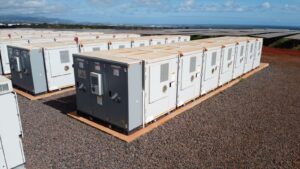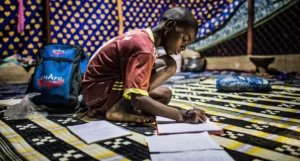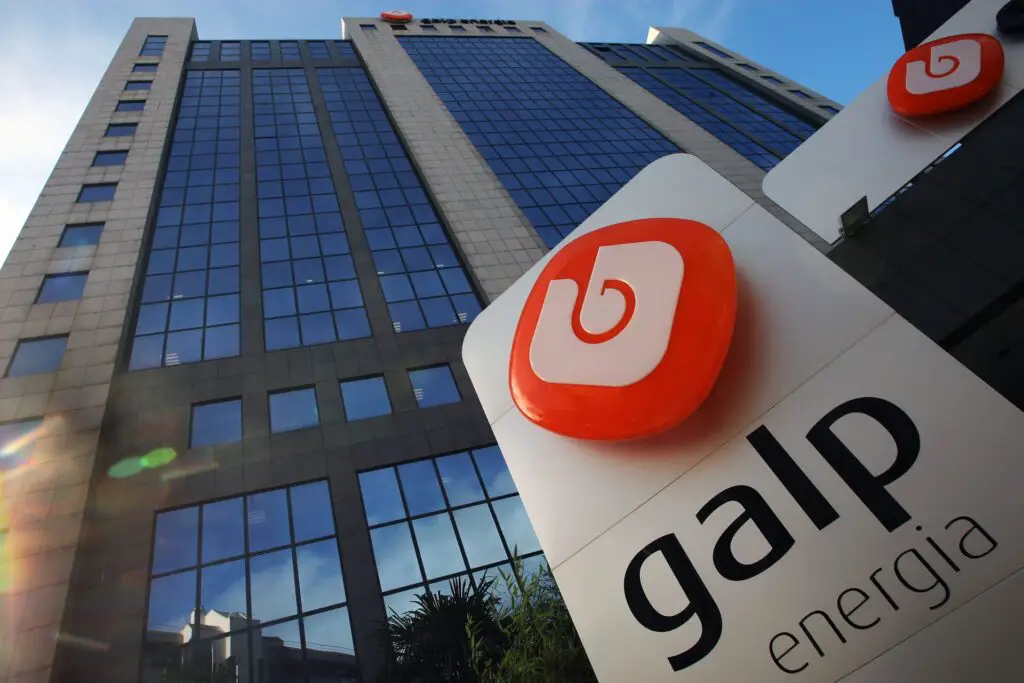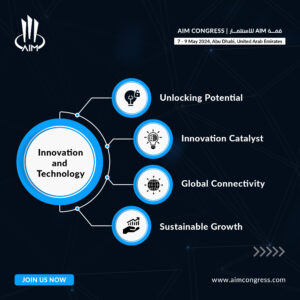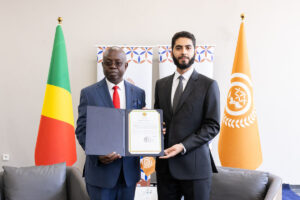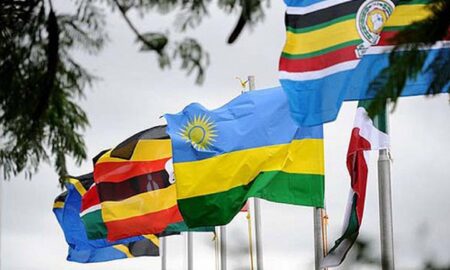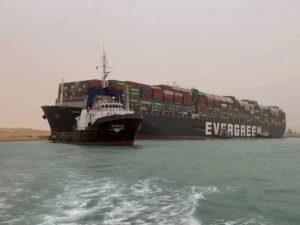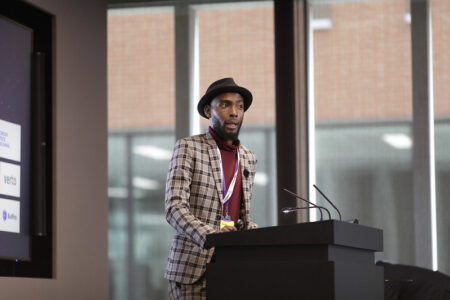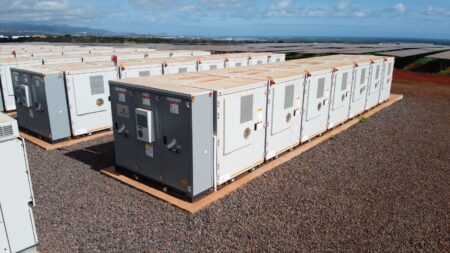Namibia’s Mopane field could hold up to 10 billion barrels of oil, Galp announces. Tests on Mopane-1X well in January and the Mopane-2X well in March gave highly promising findings. Exploration success in Namibia could pave the way for a new revenue stream for Galp.…
Chronic instability plagues the existing power grids, worsened by the pressing need to connect growing populations. The advent of renewable…
Energy experts warn that the shortages that plague Africa’s electricity access in 2024 will have a significant drain on the…
Leading the lineup of this year’s Annual Investment Meeting (AIM) at the AIM Congress 2024 keynote speakers is H.E. Ahmed…
South Africa’s Strategic Fuel Fund (SSF) operates Block B2 in South Sudan in collaboration with Nilepet. The company has just…
Remittance inflows for March grew to $407.8 million, up from $385.9 million…
Featured
International arrivals increased from 1.48 million in 2022 to 1.95 million as…
Industry & Trade
Artificial intelligence in Africa can potentially propel the fintech industry into a…
Countries
Namibia’s Mopane field could hold up to 10 billion barrels of oil, Galp announces. Tests on Mopane-1X well in January and the Mopane-2X well…
Kenya’s economic resurgence in 2024 proving a reality following a notable upturn…
Cairo, Egypt, holds third place after Athens and Manilla, Philippines. India stands out,…
The increasing food prices have majorly occasioned the rise in consumer expenditure. …
Regional Markets
East Africa’s economic growth is projected to grow at 5.3 and 5.8 per cent in 2024 and 2025-26, respectively. The…
Tech & Innovation
AIM Congress 2024 aims to facilitate economic opportunities and foster mutually beneficial international economic relations. The congress provides a platform to engage with global leaders, explore…
Editor's Picks
International arrivals increased from 1.48 million in 2022 to 1.95 million as…
Africa
Namibia’s Mopane field could hold up to 10 billion barrels of oil,…
Industry & trade
South Africa’s Strategic Fuel Fund (SSF) operates Block B2 in South Sudan…
Money Deals
A key component of successful cryptocurrency investment is utilizing cryptocurrency exchanges effectively.…
Investing
Chronic instability plagues the existing power grids, worsened by the pressing need…

